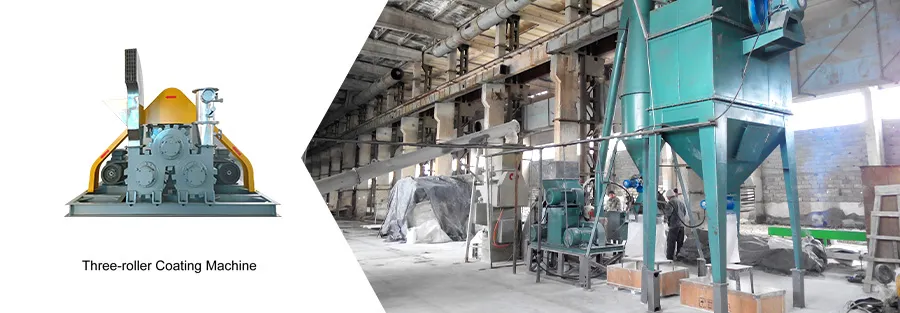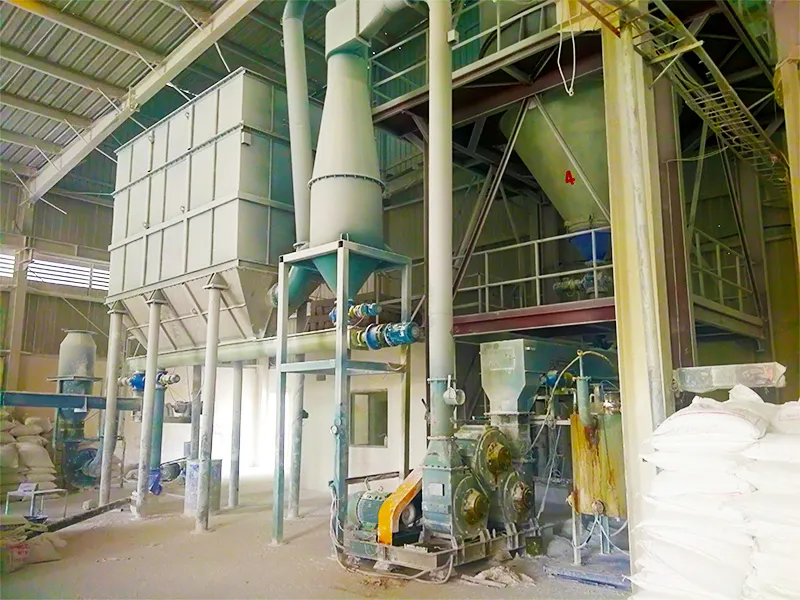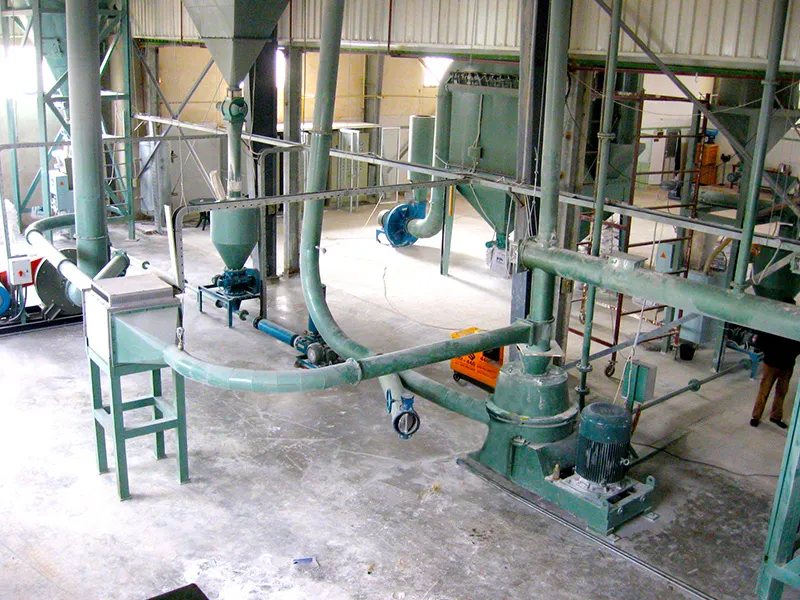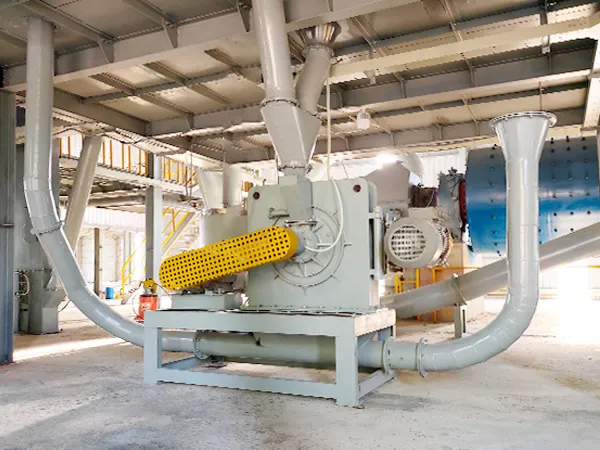Surface modification is key to improving non-metallic mineral powders. It enhances their properties and applications. Non-metallic minerals, like talc, kaolin, and calcium carbonate, are used in many industries. These include plastics, paints, ceramics, and pharmaceuticals. However, their properties often need improvement to meet application demands. Surface modification techniques can greatly change the properties of these mineral powders. This can improve their performance, compatibility, and functionality.

There are many methods for surface modification.
Methods that can change the surface of non-metallic mineral powders are called surface modification methods. These include:
- physical coating
- chemical coating
- inorganic deposition
- coatings or films
- mechanochemistry
- chemical intercalation.
Now, the main methods for surface modification of non-metallic mineral powders in industry are:
Surface chemical coating
(1) Surface chemical coating modification method: It is the most common way to modify non-metallic mineral powders. This is a method for modifying particle surfaces. It uses functional groups in organic surface modifiers to adsorb or react with the particle surfaces.
The main surface modifiers are:
- Coupling agents (silanes, titanates, aluminates, zirconium aluminates, organic complexes, phosphates, etc.)
- Surfactants are: high-grade fatty acids and their salts, high-grade amine salts, non-ionic surfactants, and silicone oils or resins.
- Organic oligomers
- Unsaturated organic acids.
The modification process can be divided into two types: dry method and wet method.
Deposition reaction
(2) Deposition reaction method: It uses a chemical reaction to coat the modified particles with a surface modifier. It is a powder surface modification method. It creates an “inorganic/inorganic coating” or “inorganic nano/micro powder coating.” Coating powder surfaces with inorganic substances, like nano-TiO2, ZnO, and CaCO3, modifies them. This is done through deposition reactions. This includes coating mica powder with TiO2 to make a pearlescent mica pigment. It also includes coating titanium with SiO2 and Al2O3.
Mechanochemical
(3) Mechanochemical modification method: It uses ultra-fine grinding and other strong forces to activate the particle surface. This makes its structure complex or shapeless. It also boosts its reactivity with organic and other inorganic substances. Mechanochemical effects can increase the active points and groups on a particle’s surface. This can improve its use with organic matrices or surface modifiers. The mechanical fusion technology is a method for treating or modifying the surfaces of inorganic particles. It is based on mechanochemical principles. It can create surface composites, coatings, and dispersions.
Composite methods
(4) Chemical intercalation modification method: This modifies layered powder particles. It uses the weak bonds between their crystal layers, like molecular or van der Waals bonds, or exchangeable cations. The method alters the powder’s properties through chemical or ion exchange reactions. So, the powder for intercalation must have a layered or quasi-layered crystal structure. Examples include montmorillonite, kaolin, and other layered silicate minerals, and graphite. Most intercalation modifiers are organic, but some are inorganic.
Several continuous coating modification equipment
Surface modification of non-metallic mineral powders is crucial. It optimizes their performance for many industrial uses. The choice of modification technique depends on the desired properties and end-use requirements. As industries evolve, we must research surface modification. It will unlock the potential of these versatile materials.



